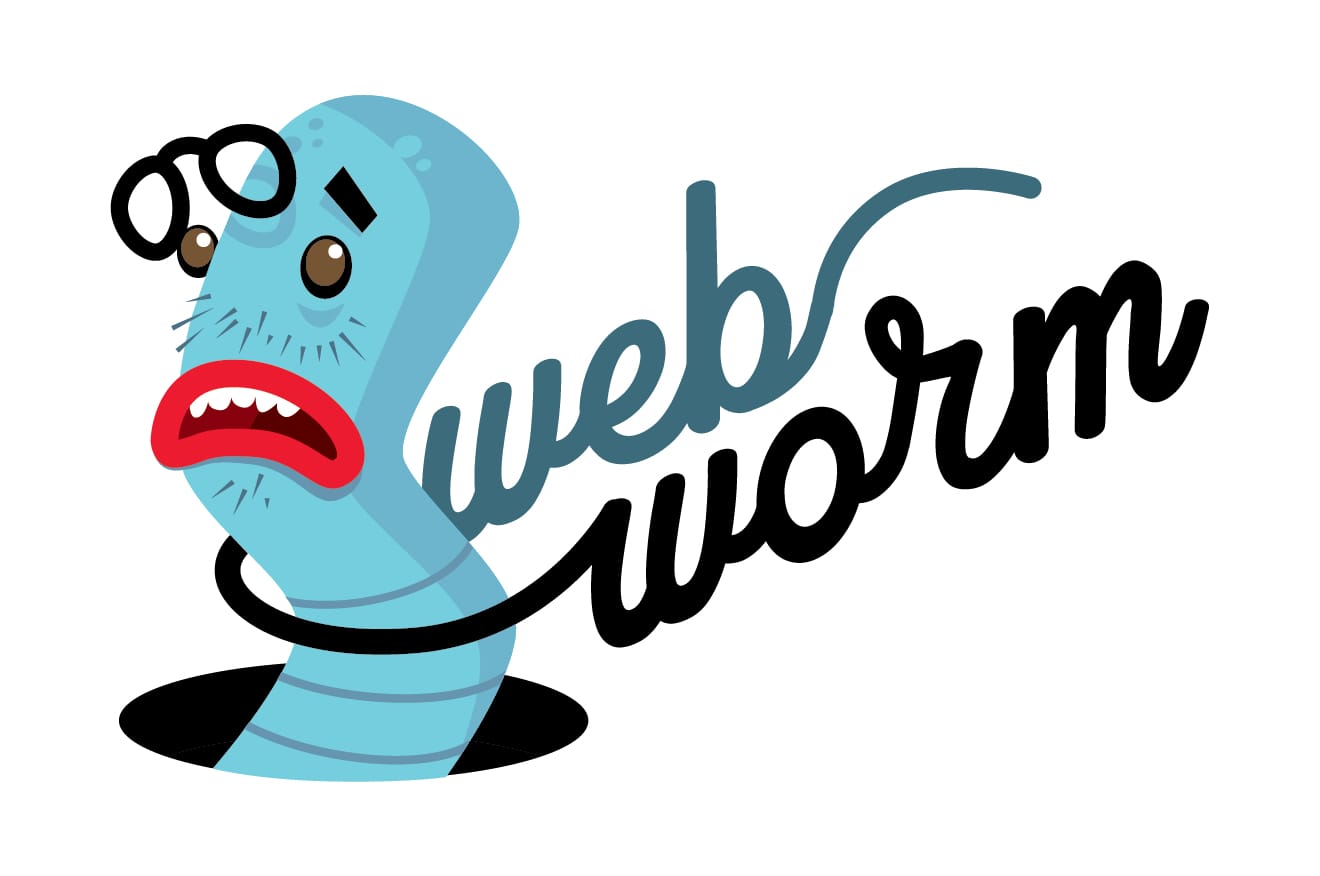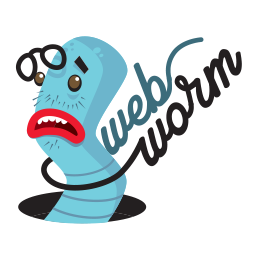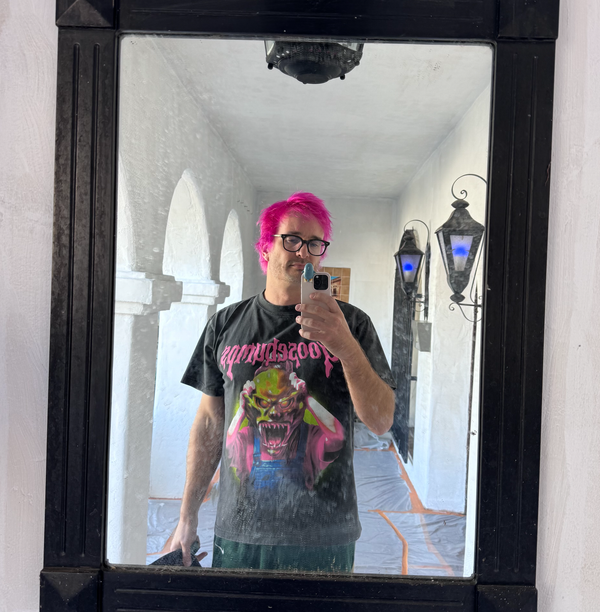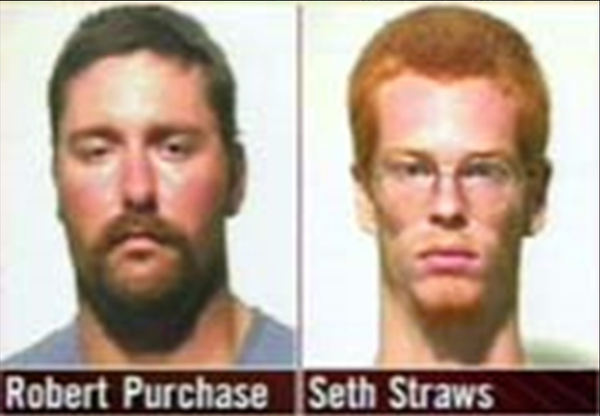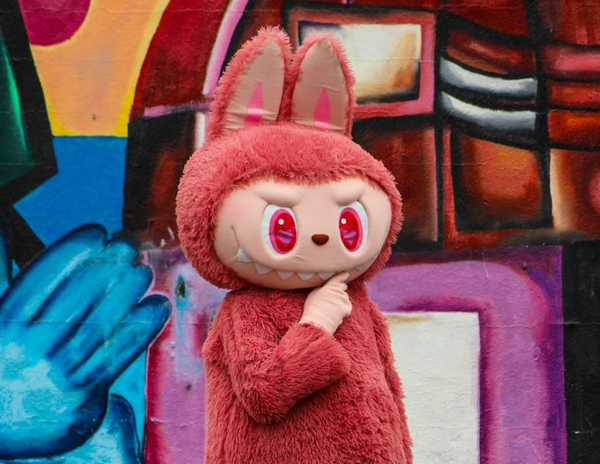The Glossy Magazine That Catalogues Grim & Terrifying Deaths
The story behind "That's Life!" - one of the strangest magazines Webworm has ever seen.
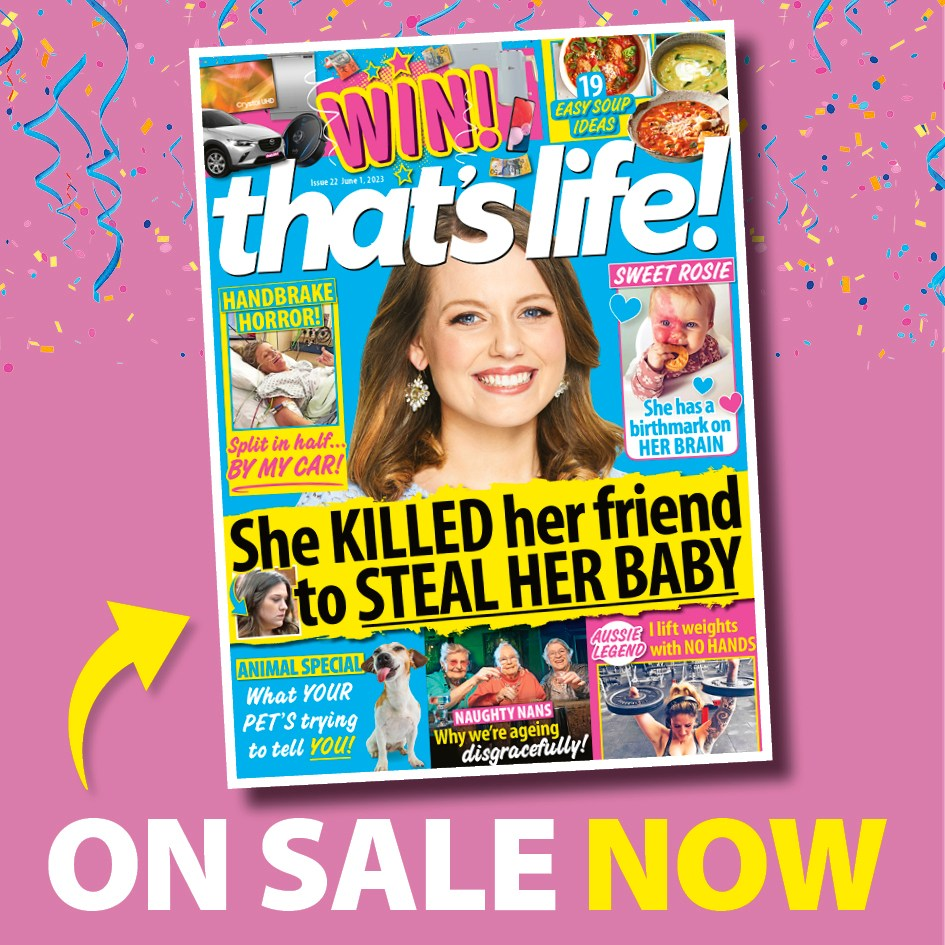
Hi,
Today, a story from Hayden Donnell about one of the strangest magazines in existence: That’s Life!
But first, just quickly — thanks for all your comments and advice under my last newsletter, The Worst Pinch. As always, I’m reminded of how amazing my readers are. It gives you a strange feeling of uncertainty when a body part fails; when the machine malfunctions. So many of you shared your own stories, and for that I feel incredibly privileged and grateful. I’ll update you when I have something useful to say. In the meantime, I’m off to find a neurologist.
In other news, the latest Webworm tee is flying out the door and that makes my heart warm. As that newsletter mentioned, it’s free shipping worldwide for paying members. Thanks for all those who’ve swooped in. It’s a rad tee.
Finally, Zuru generated headlines recently when 7.5 million of its ‘Baby Shark’ bath toys got recalled after puncturing 12 kids:
They have caused lacerations, impalements and puncture wounds to some children.
I wrote a story about Zuru last year when the billion dollar New Zealand company went after workplace review site Glassdoor, demanding the names of former employees who’d left negative anonymous reviews. At the time Zuru said they wanted to sue said employees, but I suspect they just wanted to scare the living shit out of them, and anyone else that dared indicate working for the company was anything less than bliss.
Zuru makes my skin crawl. Anyone who makes millions (well, billions) creating plastic junk that’ll probably end up in the ocean makes me want to vomit.
And with that — onto Hayden Donnell’s story on one of the planet’s most puzzling magazines.
David.
That's Life!, The Glossy Magazine That Catalogues Grim and Terrifying Deaths
by Hayden Donnell.
A blue-eyed woman grins on the front cover of the June 1 issue of That’s Life. Her hair is shining and perfectly coiffed, her teeth are porcelain white. She has the countenance of someone who’s never run into a problem more serious than a forgotten email password.
Below her chin, a headline is set in stylised black font: ‘She KILLED her friend to STEAL HER BABY’. Beside the cover star’s head, more misery awaits. ‘HANDBRAKE HORROR!,’ screams the text above a photo of a woman hooked up to a huge array of hospital machinery. ‘Split in half BY MY CAR.’
Above these stories of pain and existential terror, the magazine’s title reads like a taunt from a capricious deity, or at least an unusually mean old person. ‘That’s Life!’, it says, in breezy italics.

My fascination with That’s Life! began a few years ago in the usual place: a supermarket checkout. People’s ups and downs are a staple source of content for lifestyle magazines, where celebrities routinely turn up to talk about their fresh start after their divorce or how Ryan helped them find love after their divorce.
But That’s Life! seemed to be operating on an entirely different wavelength. The headlines blaring out of its cover as I queued to buy Aunt Betty’s steamed puddings weren’t about minor hardships; they were a cacophony of torment and despair.
I started taking photos every time I saw the magazine on display at the shops or the local library.
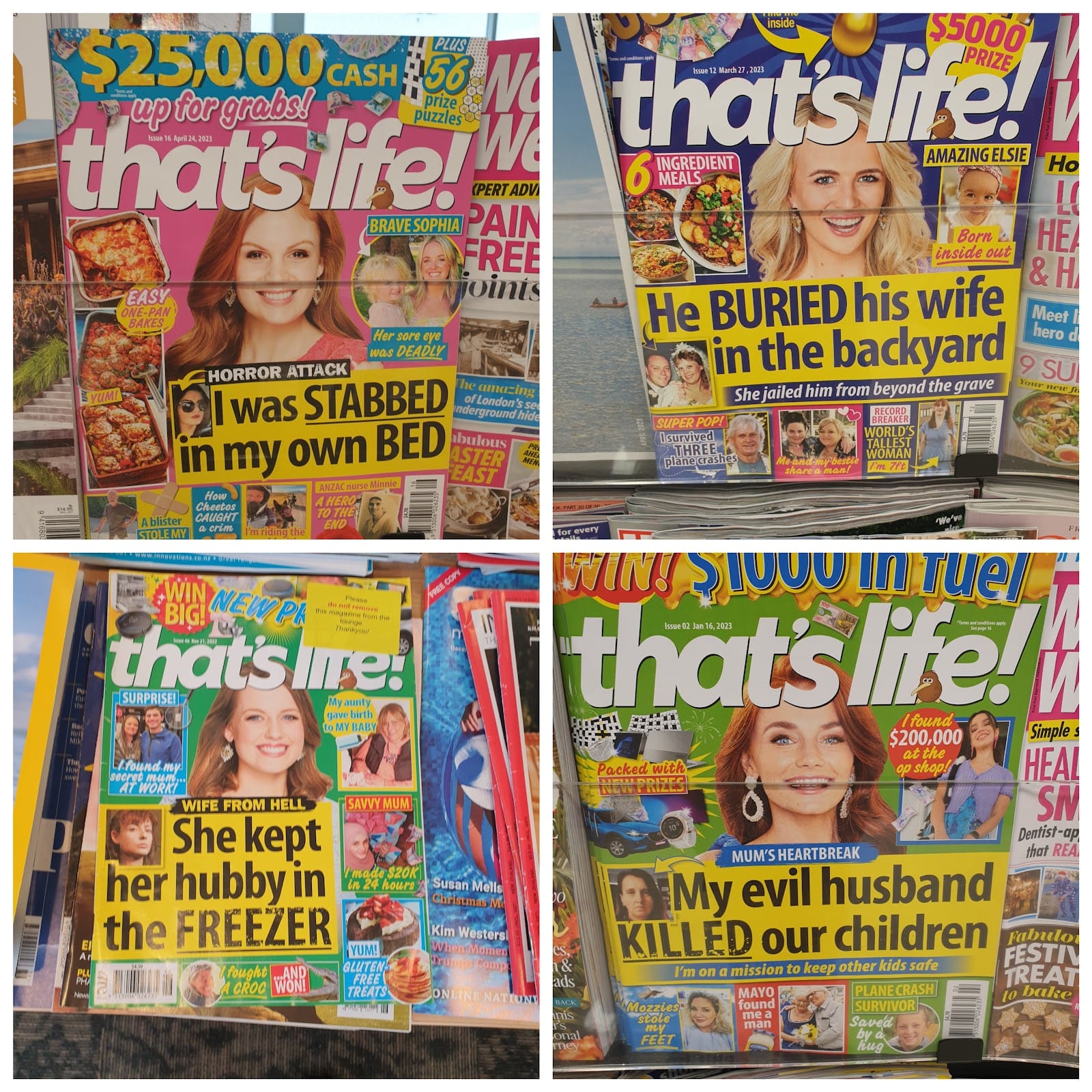
If these people’s experiences truly were life, most of us would beg for the sweet release of death. Each of them detailed a suburban horror so lurid that if you suggested it as a plot point to the Coen brothers, they’d tell you to tone it down. But the stories weren’t pitched as a delve into the black and fathomless heart of man. Instead they were set to a vivid colour palette and printed next to headlines about the ‘best puzzles’ and tips for cooking the perfect winter stew.
All the issues of That’s Life! had essentially the same format: a headline that would convert the most devout religious believer to nihilism, accompanied by a shot of a cover model who didn’t seem to have anything to do with the story, and appeared to have drastically misread the room.
It didn’t matter who the model was. Sometimes they were even recycled from an earlier issue.
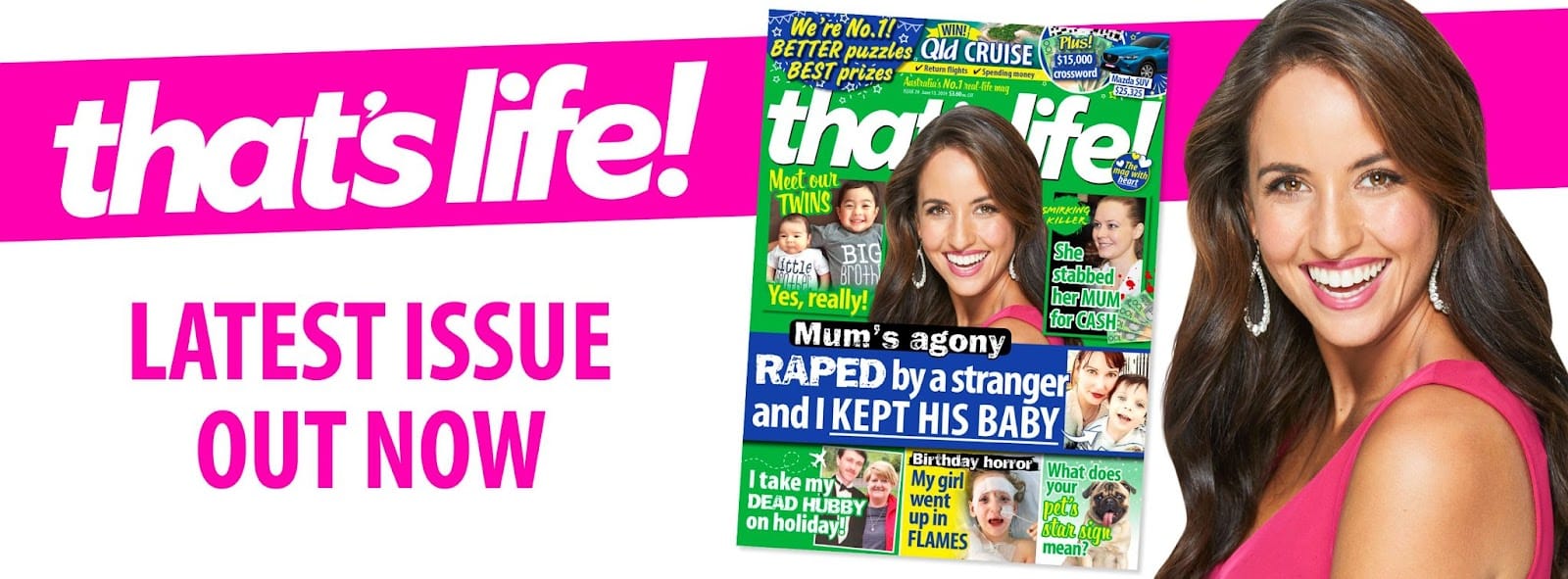
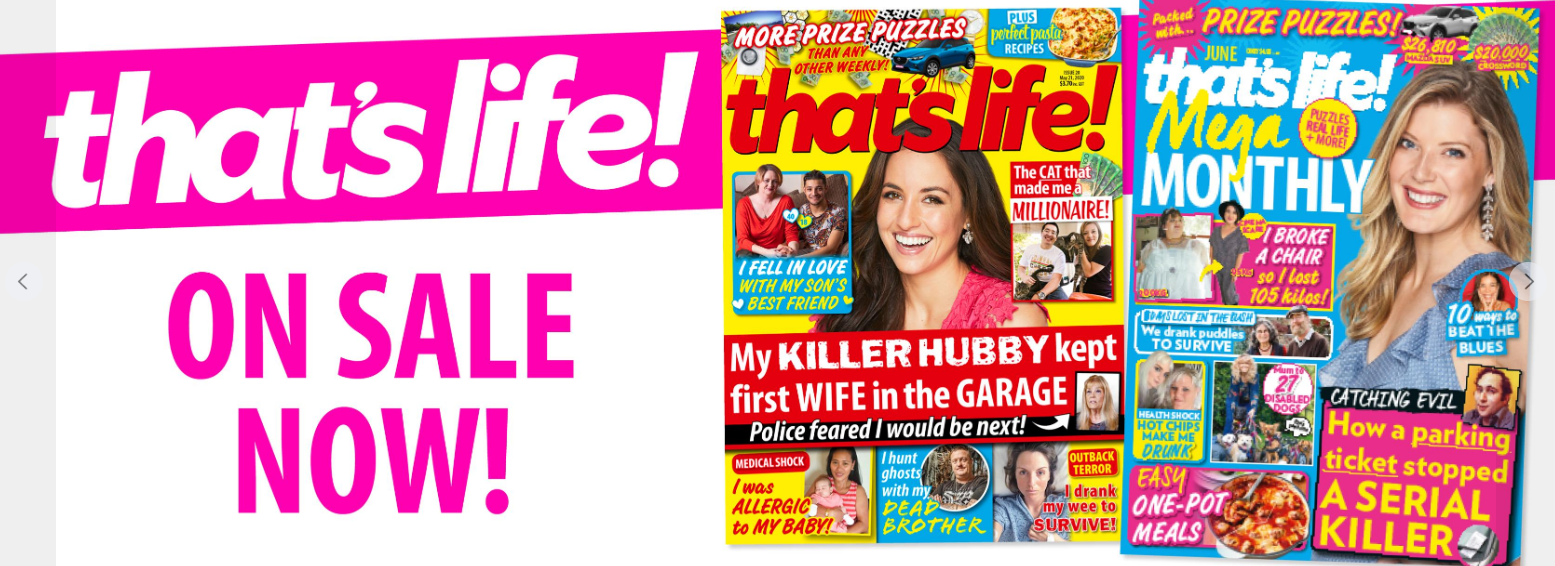
The magazine was essentially the end of the Black Hole Sun music video, printed out and sold beside Milky Bars and the TV Guide. It was as if someone took the movie Martyrs and handed it to the cinematographer for Barbie. I had questions like ‘What?’, ‘How?’, and most of all ‘Why?’.
That’s Life is published by ARE Media, which purchased it off Bauer after it went scorched earth on its stable of New Zealand titles at the beginning of the Covid-19 pandemic. The company produces the publication entirely in Australia and sells it into the New Zealand market.
A recent brand overview gives an idea of its target audience, saying 84% of readers are “the main grocery buyer in their household”. Its mission is to guide those primary grocery buyers through “a gamut of emotions, from laughter, to tears, to excitement, shock, hope and inspiration”.
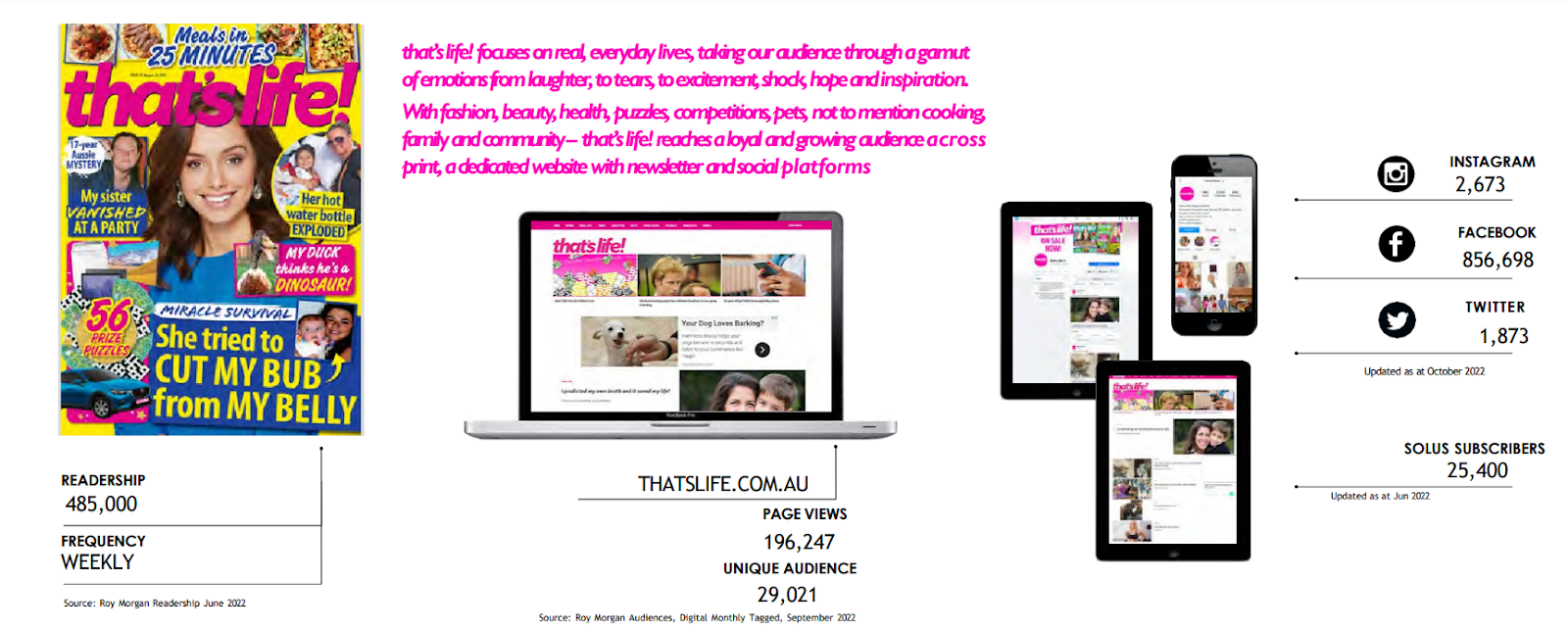
That’s Life!’s editor Linda Smith declined a request for an interview with Webworm, saying she couldn’t shed much light on her magazine’s origins. But she did say it’s most likely a rip-off of some publications from another continent. “The Australian ‘That’s Life!’ was launched in the wake of the success of real-life mags in the UK market, which launched around 1990,” she said.
Smith is right. That’s Life! is part of a multiverse of almost identical publications, most of them originating in the sodden wellspring of Brexit and brainwormed media outlets, the UK. All of them employ the same jarring format. One of them is an unrelated publication also named That’s Life!. Other titles clash even more off-puttingly with their magazine’s actual content.
‘GRAN WAS BURNT ALIVE’, says a headline on Pick Me Up!
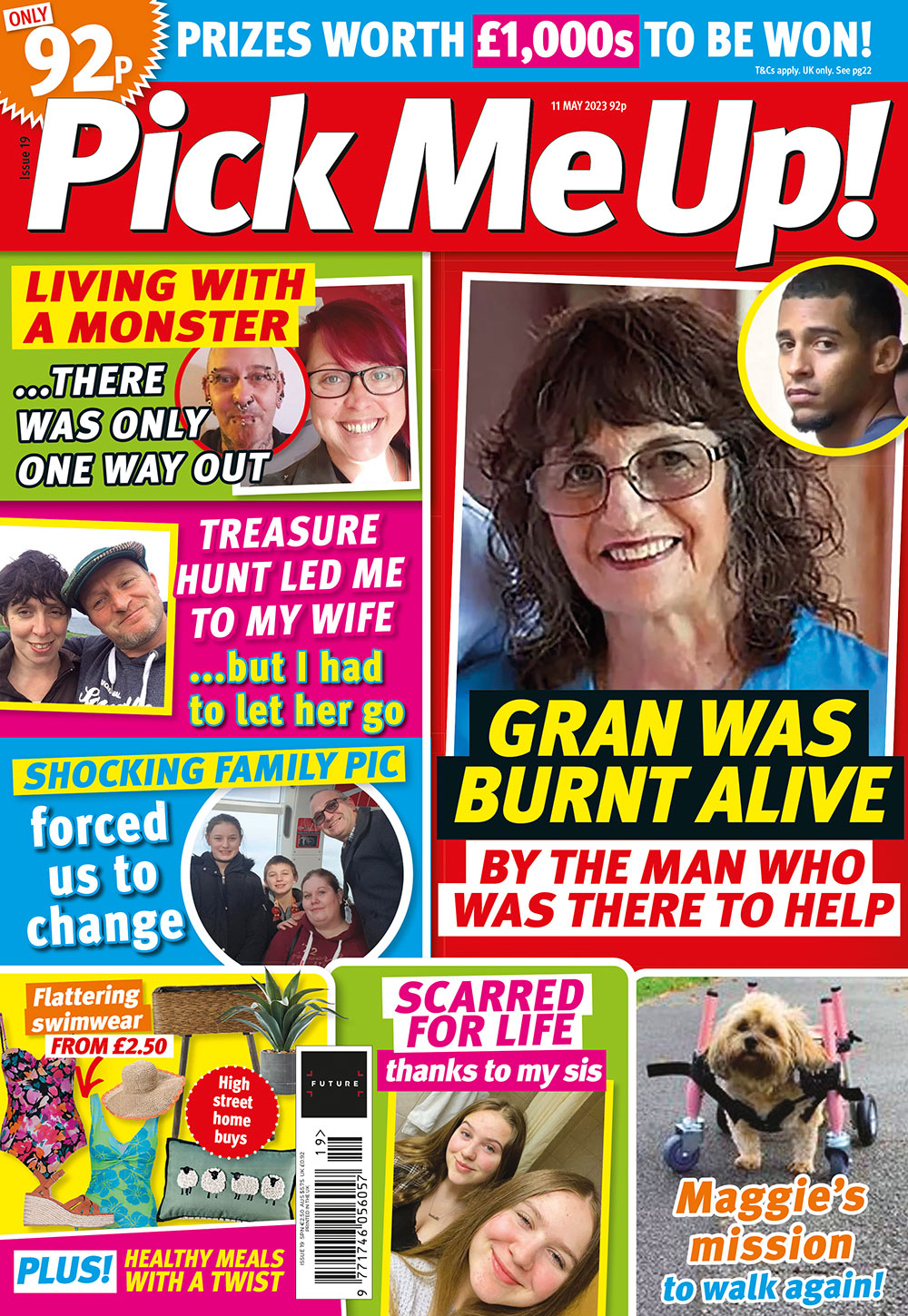
‘THEY STOLE MY SON & DRAINED HIS BLOOD’, bellows the front cover of love it!.
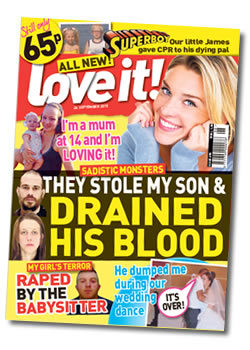
‘MY GIRL WAS MURDERED FOR BEING A REDHEAD… and the killer was my own DAD’ reads That’s Life NZ’s local rival Lucky Break.
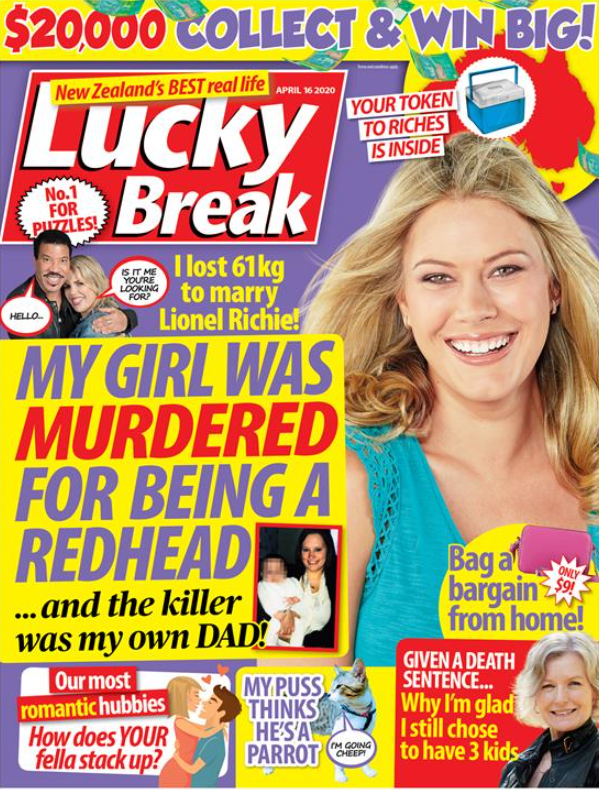
‘I woke up with one GIANT BOOB’, says an issue of Chat, in one of the only examples of a headline fitting a publication name.

These magazines’ social media pages are mainly populated by preternaturally cheerful middle-aged women talking about their daily tasks. “Good morning all on this TAB Tuesday,” said Ann under a Facebook post from Take a Break. “Looks like a good drying day if I had any washing to do. Getting my copy later. Have a wonderful safe day 🤞🤞👏👏👍👍🥰.”
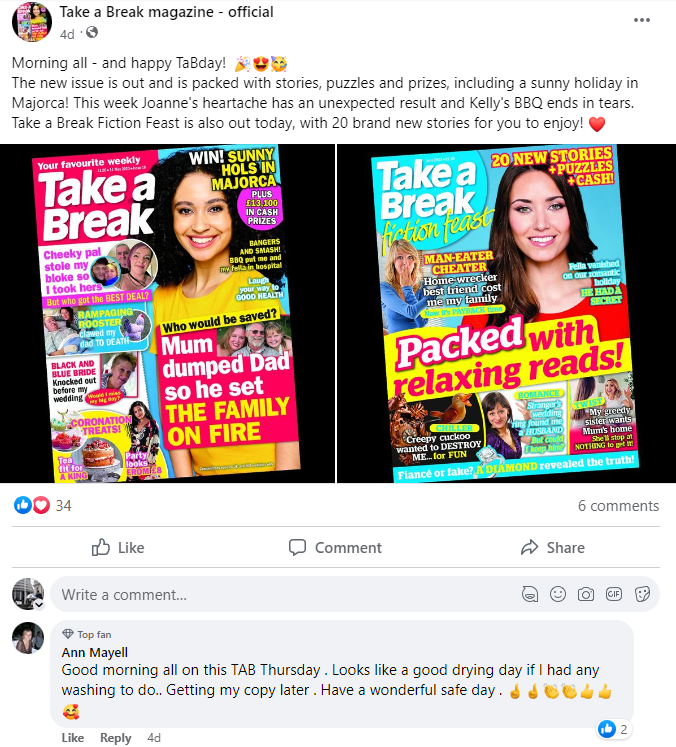
The magazines still sell.
Paul Dykzeul was in Germany recently when he walked past a postie on a bike and looked to see what he was delivering. “I reckon three quarters of his mailbag was real-life magazines,” he said. Dykzeul’s sneaky check was something of a professional habit. As the former chief executive of ACP and Bauer, he oversaw the production of the Australasian version of That’s Life! for roughly 25 years. Though journalism can be a minefield of defamation suits and Mister Organs, it gave him few problems, mostly because its stories were submitted by readers, and also, he suspects, because those stories were sometimes a little bit fictional.
“A lot of people think that this stuff is happening, and that's fine. Now if that's what they want to do, that's what they want to read, that's what they want to believe, that’s fine,” he said.
There’s some evidence of iffy editorial practices at That’s Life!. In 2013, RNZ’s Mediawatch found the local version of the magazine had been taking stories from the UK and passing them off as local. “Beryl from Manchester suddenly became Sheila from Brisbane,” said Dykzeul.
But the most pressing question about That’s Life! isn’t how it sources its content; it’s why it remains so compelling. This genre has outlived every downturn in the publishing industry. Clearly something in the human psyche desperately wants to read about someone being gored to death by the family goat right next to a delicious recipe for apple strudel.
Dykzeul could only theorise on why. “It’s just escapism, and to some extent, a certain level of voyeurism,” he said. “I mean, that’s what a lot of novels do. Some of the great novels of history are pretty gruesome. Because they represent a form of escapism. And I think this probably is in that category.”
It was hard to see the escapism value in reading about someone being strangled and stuffed in their shed while their killer takes a two-week cruise. When it comes to explaining the dark machinery of the human soul, I usually turn to God Webworm’s resident psychotherapist Paul Wilson. He said That’s Life! and its sister publications may act in a similar way to a horror movie, generating excitement through the medium of fear and disgust. They could also provide a kind of safe outlet for readers to process their existential anxieties, or allow them to take comfort in the fact they haven’t been subjected to the same tortures as the people in the headlines.
That all sounded plausible, but it didn’t explain why there’s such a jarring conflict between these magazines’ content and design; why the bright-coloured That’s Life! could more accurately be described as ‘That’s Violent Death’. On that, Wilson offered the usual explanation: sexism. Even though there’s not strong research support for the idea that anger and desire vary by gender, showing an interest in sex or violence is still taboo for women in a way it isn’t for men, he said.
“One of the theories about the popularity of True Crime among women is that it’s one of the few socially acceptable outlets that lets women entertain aggressive impulses without being shamed for enjoying or being excited by it,” Wilson said.
“It’s not just violence – Fifty Shades of Grey exploded in popularity partly due to its availability on Kindle, partly because no-one knew you were reading it. You can express your entirely human interest in exciting themes without being socially shamed for violating any gender role assumptions. So I’m wondering if the magazines are functioning in a similar way – a socially acceptable ‘cheerful exterior’ that allows an interest in darker themes of sex and violence without any shame being attached to you for reading it.”
In other words, the core audience targeted by That’s Life! might experience a degree of stigma if they were listening to death metal or hoovering up gore videos in the terrifying depths of Reddit. They won’t get the same pushback when similar content is placed next to a picture of a nicely made ham and a few dozen crossword puzzles.
We all like to stare into the abyss. Sometimes it’s more socially acceptable for our gaze to be guided by the bright light of a white, toothy grin.
-Hayden Donnell.
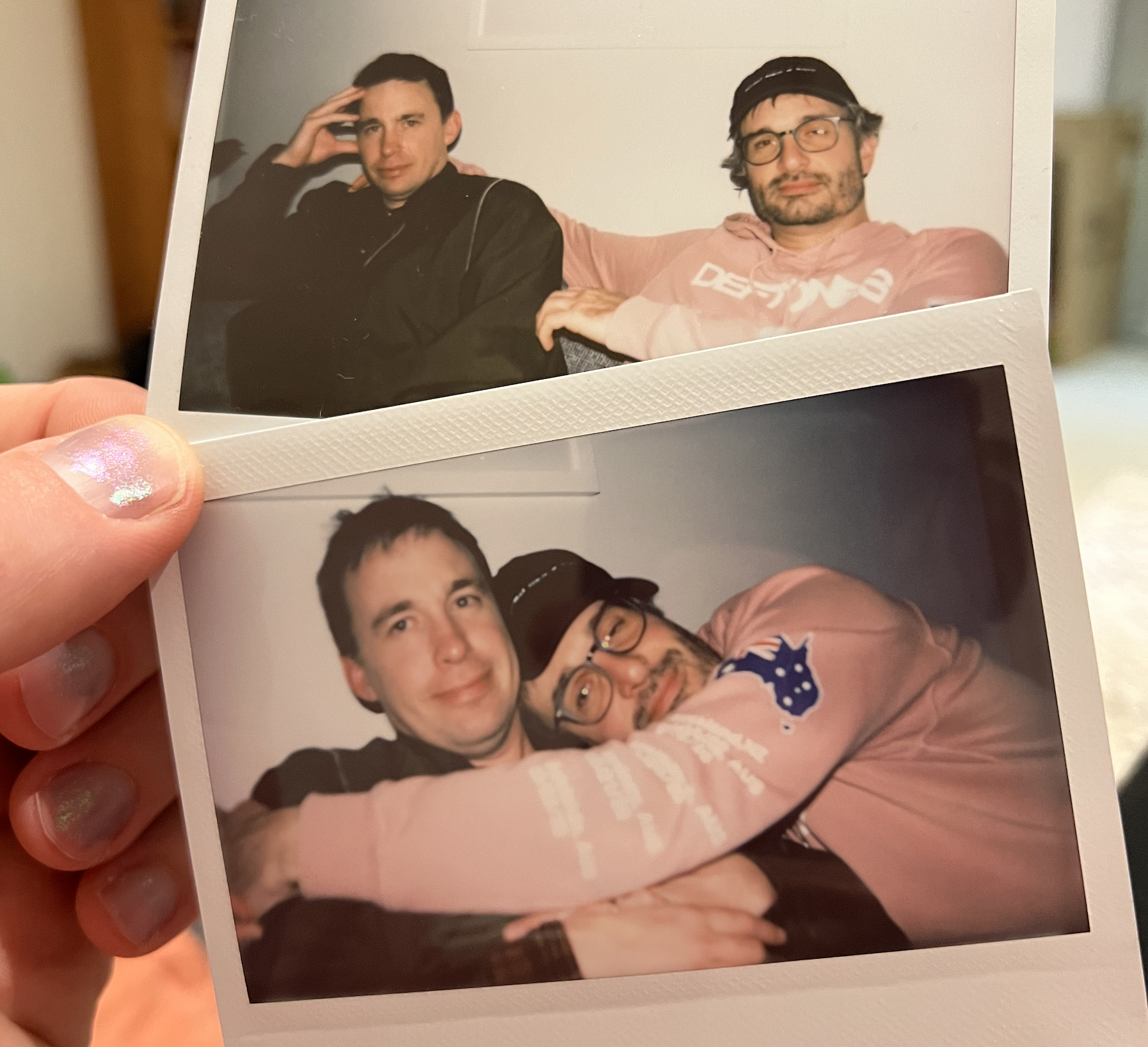
David here again. Since Hayden submitted that story to me last week, the phrase “That’s life!” keeps coming into my head in the most annoying fashion when anything goes wrong. Can’t find a carpark? “That’s life!” Can’t find a competent orthopedic surgeon on my insurance? “That’s life!”
Thankfully I’m also reminded that at least I haven’t been SPLIT IN HALF BY MY CAR.
That’s Life! is essentially my Japanese death book by Tsurisaki Kiyotaka, but with brighter covers. It’s the person reading 50 Shades of Gray on the subway but they’ve replaced the book jacket with something smarter because they’re embarrassed.
Anyway, what edition of That’s Life! have you been reading, and what’s your favourite death?
David.
